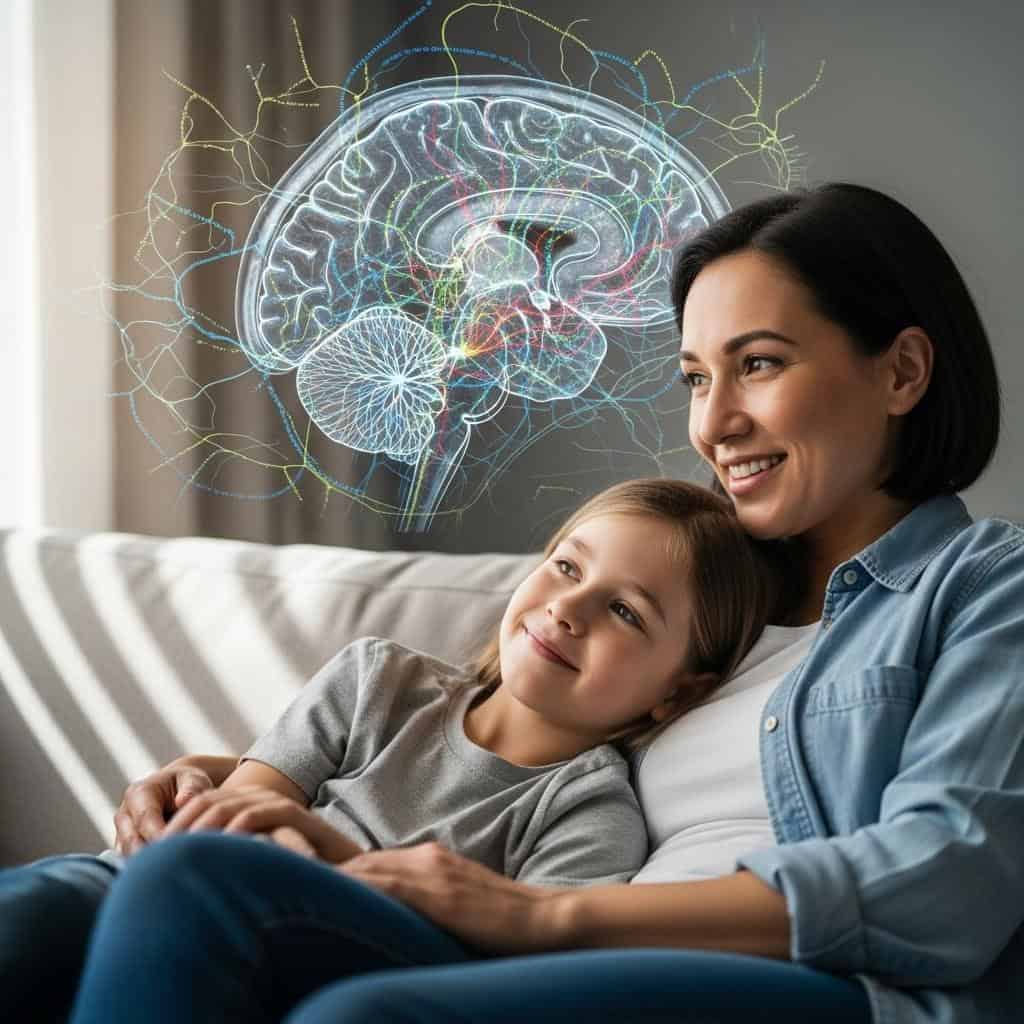15 Things People Still Don’t Understand About Autism, ADHD, and Neurodiversity
Neurodiversity acknowledges that neurological differences like autism and ADHD are natural variations in the human brain, not deficits. About 1 in 36 children is diagnosed with autism, while ADHD affects nearly 10% of U.S. children. Yet, persistent myths and misunderstandings often lead to stigma and barriers. Understanding these conditions is vital for fostering acceptance, providing meaningful support, and enabling neurodivergent individuals to thrive in schools, workplaces, and communities. Dispelling misconceptions is the first step toward genuine inclusivity.
1. Neurodiversity Is Not a Deficit

Neurodiversity recognizes that conditions like autism and ADHD represent natural variations in the human brain, not pathologies to be “fixed.” This view challenges traditional medical models that often frame these differences as deficits or disorders. Instead, neurodiversity emphasizes strengths and diverse ways of thinking, promoting acceptance and inclusion.
2. Autism and ADHD Are Not the Same

While autism and ADHD can share overlapping features, such as difficulties with social interaction or impulsivity, they are distinct conditions. Autism primarily affects social communication and behavior patterns, whereas ADHD centers on attention regulation, hyperactivity, and impulsiveness. Misdiagnosis is common due to these shared symptoms, but understanding their differences is crucial for effective support and intervention.
3. High-Functioning Labels Can Be Harmful

Labels like “high-functioning” or “low-functioning” oversimplify the diverse abilities and needs of autistic individuals. These terms can mask struggles, prevent access to support, and perpetuate misunderstanding. Every person’s experiences are unique, and functioning labels often fail to capture the complexities involved.
4. Girls and Women Are Frequently Undiagnosed

Autism and ADHD often manifest differently in girls and women, contributing to frequent underdiagnosis or late identification. Many females learn to “mask” their symptoms by mimicking social behaviors or suppressing traits, making their challenges less visible. This masking can lead to missed support and increased mental health struggles.
5. Not All Autistic People Are Nonverbal

Communication abilities among autistic individuals vary greatly. While some are nonverbal, many are fully verbal, and others use alternative methods such as communication devices or sign language. It’s important to recognize and respect these diverse communication styles.
6. ADHD Isn’t Caused by Poor Parenting

ADHD is not the result of poor parenting or a lack of discipline. Extensive research shows that ADHD stems from genetic and neurological factors, not environmental ones like family structure. Misconceptions about blame can lead to stigma and hinder effective support.
7. Sensory Sensitivities Are Real

Many individuals with autism or ADHD experience sensory sensitivities, meaning their brains process sensory input—such as light, sound, touch, or taste—differently. These sensitivities can be heightened or diminished, leading to discomfort or distress in everyday environments. Recognizing and accommodating sensory needs is essential for creating supportive spaces.
8. Stimming Serves a Purpose

Stimming, or self-stimulatory behavior such as hand-flapping or rocking, helps individuals with autism or ADHD manage emotions and sensory input. These repetitive actions provide comfort, focus, or relief from overwhelming stimuli. Unless stimming is physically harmful, it should not be discouraged. Understanding its role is key to supporting neurodivergent people.
9. ADHD Impacts Adults Too

ADHD is often mistakenly viewed as a condition that only affects children, but its symptoms frequently persist into adulthood. Adults with ADHD may struggle with time management, organization, maintaining relationships, and handling finances. These challenges can significantly impact both professional and personal life. Recognizing ADHD in adults is essential for providing the right support.
10. Autism Is a Spectrum

Autism is described as a spectrum because it encompasses a broad array of strengths, challenges, and traits—not a simple scale from “mild” to “severe.” Every autistic person has a unique combination of abilities and needs. Understanding this diversity is crucial for meaningful support.
11. Executive Dysfunction Is More Than Laziness

Executive dysfunction, commonly experienced by people with autism and ADHD, impairs planning, organization, time management, and impulse control. These challenges are often misinterpreted as laziness or a lack of willpower, but they stem from neurological differences, not character flaws. Recognizing executive dysfunction as a real barrier helps foster empathy and more effective support.
12. Social Difficulties Aren’t Due to Disinterest

Social challenges faced by autistic and ADHD individuals often stem from differences in processing social cues and communication, not from a lack of interest in relationships or connection. Many genuinely want friendship, but may express it differently or struggle with typical social rules. Understanding this distinction promotes empathy and inclusion.
13. Neurodivergent People Can Thrive With Support

With the right accommodations, understanding, and inclusive practices, neurodivergent individuals can excel in education, the workplace, and beyond. Success stories and research demonstrate that companies and institutions embracing neurodiversity benefit from unique skills and perspectives. Fostering an environment of acceptance allows everyone to reach their potential.
14. Co-occurring Conditions Are Common

It’s common for individuals with autism or ADHD to experience additional conditions such as anxiety, depression, or learning disabilities. These co-occurring challenges can complicate diagnosis and daily life, making comprehensive and individualized support essential. Addressing these overlapping needs is key to improving quality of life.
15. Neurodiversity Benefits Society

Neurodiverse individuals bring unique perspectives and strengths that can drive creativity, problem-solving, and innovation across industries. Embracing neurodiversity has been shown to provide organizations with a competitive advantage, leading to breakthroughs in science, technology, and the arts. Recognizing the value of diverse minds enriches society as a whole.
Conclusion

Understanding autism, ADHD, and neurodiversity is essential for building supportive, inclusive communities. Misconceptions and stereotypes can create barriers, but recognizing the unique strengths and challenges of neurodivergent individuals fosters empathy and opportunity. Education, open-mindedness, and accommodations help everyone thrive. To deepen your knowledge and promote acceptance, explore resources like the Autism Research Institute and CHADD. Embracing neurodiversity ultimately benefits individuals and society as a whole.
Disclaimer

This article is for informational purposes only and is not a substitute for professional medical advice, diagnosis, or treatment. For personalized guidance, consult a qualified healthcare provider.
.article-content-img img { width: 100% }




